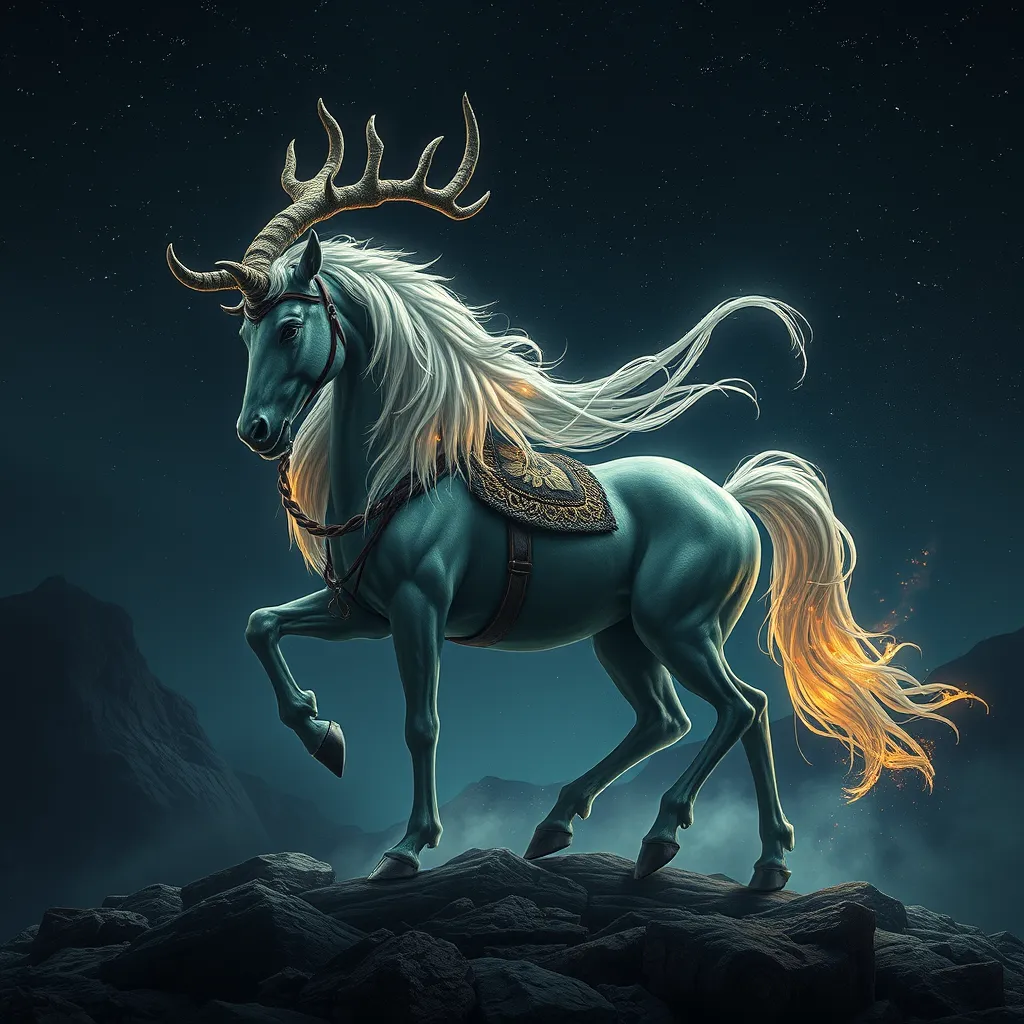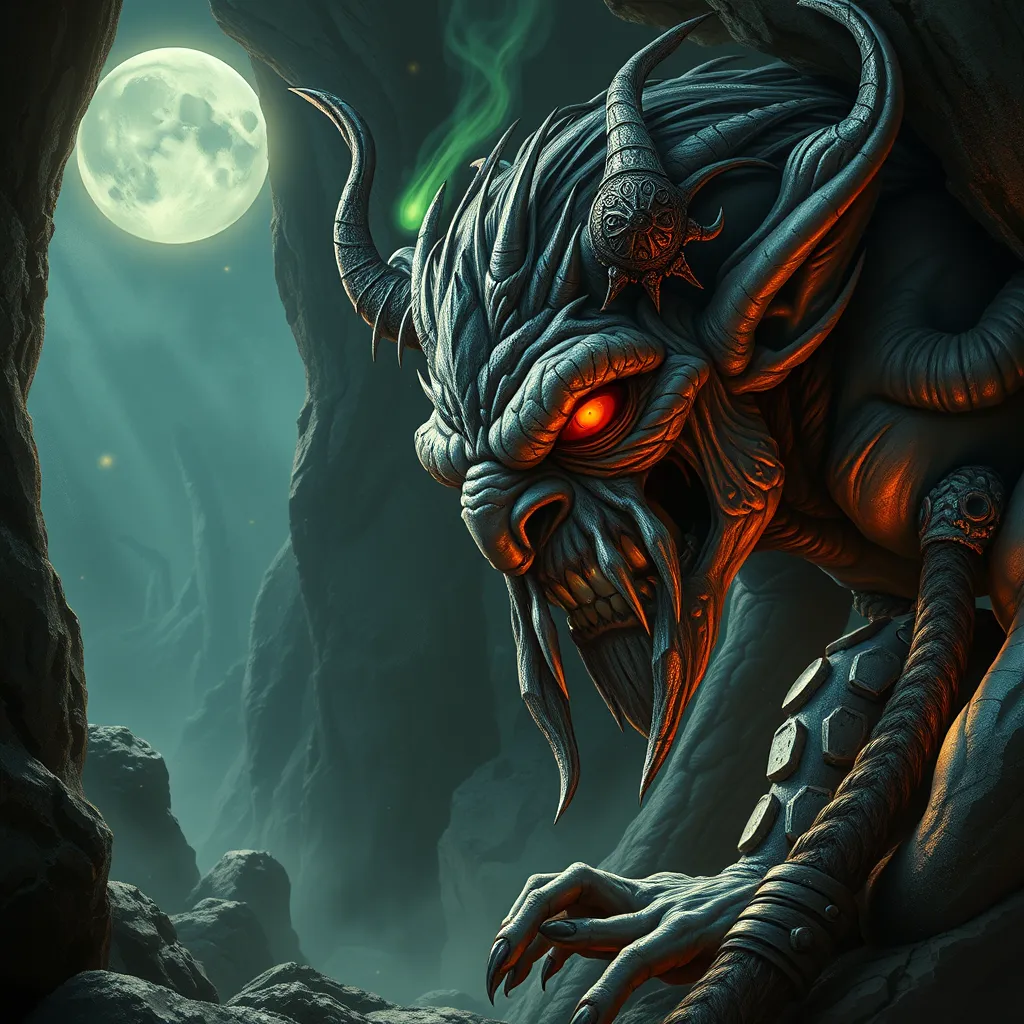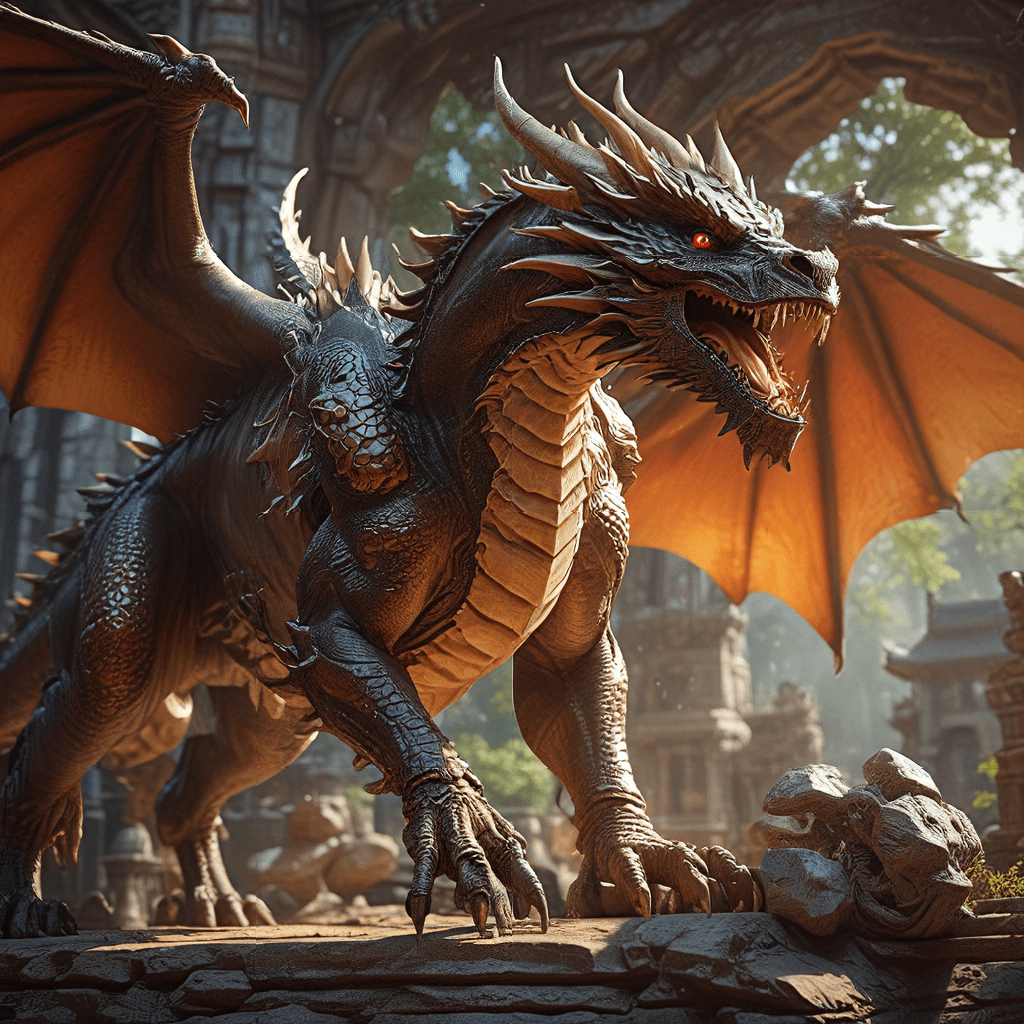The Centaur’s Future: The Centaur’s Role in Future Myths and Legends
I. Introduction
The centaur, a creature with the upper body of a human and the lower body of a horse, has long captivated the imagination of cultures worldwide. These beings, deeply rooted in mythology and folklore, symbolize the struggle between civilization and the wild, the rational and the instinctual. Their unique form embodies duality, making them rich subjects for storytelling.
In contemporary storytelling, centaurs have evolved beyond their ancient origins, becoming significant figures in literature, film, and other media. This article aims to explore the future role of centaurs in myths and legends, examining how they may continue to resonate with audiences as the world changes.
II. Historical Context of Centaurs
The origins of the centaur myth trace back to ancient cultures, notably within Greek mythology. They were often depicted as wild and unruly beings, embodying chaos and the untamed aspects of nature. Key figures such as Chiron, however, represented the more noble qualities of centaurs, being wise and skilled in healing and the arts.
Throughout history, centaurs have symbolized a variety of themes. In Greek mythology, they represented the conflict between civilization and barbarism. Their half-animal, half-human form encapsulates the struggle between reason and primal instincts, a theme that resonates deeply in human consciousness.
The representation of centaurs has evolved in literature and art over time. From ancient pottery and sculptures to modern illustrations, the imagery of centaurs has adapted to reflect societal values and concerns, making them a versatile subject in the artistic realm.
III. The Centaur Archetype in Modern Media
Today, centaurs appear in a wide range of literary works, from classical texts like C.S. Lewis’s “The Chronicles of Narnia” to contemporary novels such as Rick Riordan’s “Percy Jackson” series. These representations often explore themes of identity, belonging, and the struggle between different aspects of the self.
In film and television, centaurs have also made notable appearances. Movies such as “Harry Potter and the Order of the Phoenix” showcase centaurs as wise and enigmatic beings, adding depth to their characterizations. These portrayals often reflect modern interpretations of morality and wisdom.
Video games have further reshaped centaur narratives, allowing for interactive storytelling. Titles like “The Legend of Zelda: Breath of the Wild” feature centaur-like characters that players can engage with, creating a dynamic relationship between the player and the mythological figure.
IV. The Intersection of Myth and Technology
As technology advances, the way we tell stories about mythological characters, including centaurs, is rapidly evolving. Digital storytelling techniques, including animation and CGI, allow for more vivid and engaging representations of centaurs, bringing their stories to life in ways that were previously unimaginable.
Virtual reality (VR) and augmented reality (AR) are also transforming how audiences interact with centaur narratives. Through immersive experiences, users can explore centaur myths in interactive environments, deepening their understanding and connection to these legendary beings.
Additionally, social media platforms play a crucial role in the dissemination of centaur stories. Creators can share their interpretations of centaurs with a global audience, fostering a community of myth enthusiasts who contribute to the evolution of these narratives.
V. Centaurs as Symbols of Duality
The dual nature of centaurs—part human, part beast—offers a compelling lens through which to explore themes of duality. This duality can be seen as a metaphor for the complexities of the human experience, where individuals often grapple with conflicting desires and instincts.
In modern society, the relevance of this duality is particularly pronounced. Issues such as the balance between technology and nature, rationality and emotion, are prevalent in contemporary discourse, making centaurs a poignant symbol for these discussions.
Looking ahead, future interpretations of centaurs may further emphasize their role as symbols of balance. As societies continue to confront challenges related to identity, ethics, and the environment, centaurs can serve as a reminder of the importance of harmony between opposing forces.
VI. Global Perspectives on Centaur Mythology
While centaurs are primarily associated with Greek mythology, variations of centaur-like creatures exist in various cultures worldwide. For instance, the “Kinnara” from Hindu mythology and the “Kitsune” from Japanese folklore share similar dualistic qualities.
The influence of globalization has also impacted mythological narratives, allowing for the blending of cultural elements. As stories of centaur-like creatures spread across borders, new interpretations and adaptations may emerge, enriching the centaur mythos.
There is significant potential for new centaur myths to develop in diverse cultures, reflecting local values and contemporary issues. This evolution can lead to a revitalization of centaur narratives, making them relevant in an increasingly interconnected world.
VII. The Role of Centaurs in Future Storytelling
As we look to the future, predictions for centaurs in upcoming literary and cinematic works are promising. These mythical beings may be reinvigorated in narratives that address contemporary issues such as environmentalism, identity, and mental health.
Centaurs can effectively serve as vehicles for moral and ethical lessons, encouraging audiences to reflect on their own lives and choices. By embodying the struggle between civilization and the wild, they can inspire discussions about our responsibilities toward nature and each other.
Furthermore, the versatility of centaurs makes them suitable for various genres, from fantasy to science fiction, allowing creators to explore innovative storylines that resonate with modern audiences.
VIII. Conclusion
In summary, centaurs hold a significant place in both historical and contemporary storytelling. Their rich symbolism and dual nature enable them to address complex themes relevant to today’s society. As technology and cultural narratives evolve, the potential for centaurs to inspire new myths and legends remains vast.
The enduring legacy of centaurs in human imagination speaks to their power as symbols of duality and balance. As we encourage new creators to delve into centaur narratives, we can anticipate a vibrant future for these mythological beings, ensuring their relevance for generations to come.



